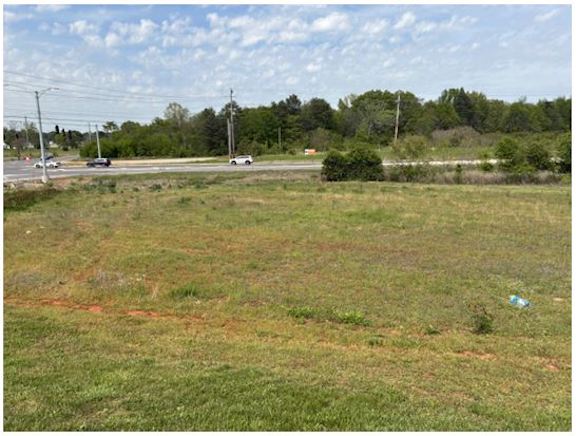Truth fragments: Driving and getting married
Published 12:00 pm Sunday, March 10, 2019

- Mark Durm
The “full truth” is a very elusive concept in this day and time.
It seems those who should know better tell us they know better than anyone else what the “full truth” is and what we should believe. Thus we are surrounded by “truth” from all sides — the truth from the Democrats, which is different from that of the Republicans, and the truth of the Catholics, which is somewhat different from the truth of the Protestants, which is somewhat different from the truth of Eastern Orthodox Christians.
Trending
The list could go on and on, because truth can differ in some and many ways. Who are we to believe? What are we to believe? What do we cast aside?
This column in no way can explain the “many ways” we are misled. That is, the myriad of “truths” that may be untrue that we encounter as we go about our lives.
But I do want to discuss the methodology of one way we are deceived. It usually goes by the name of “not dropping the other shoe.” This phrase has always mystified me, and I have tried to find the genesis and evolution of its existence but to no avail.
The connection between shoes and truth escapes me. So I have coined a new term I have started using in my critical thinking class.
“Truth fragment,” in my opinion, includes the “not dropping the other shoe”-type of intended deception used by some people, but it goes beyond that. It also includes unintended deception.
I want to emphasize, whether intended or not intended, the person is not lying, just not relating the full truth.
Trending
In my opinion, most intended “truth fragments” come from politicians, lawyers, salespeople, advertisements and others.
Unintended “truth fragments” occur when a person relates something he or she thinks is totally true, but in reality is only partially true and can be very misleading. This person, however, does not know they are not “dropping the other shoe.”
Driving
We often hear about 90 percent of all motor accidents occur within 10 miles of home. To my knowledge, this is true, and we therefore conclude we become crazy drivers closer to home.
But the fragment we are not told is that 95 percent of all driving occurs within 10 miles of home. Therefore, we actually become safer drivers closer to home.
Think for a moment — if 95 percent of all driving takes place within 10 miles of home, 95 percent of all accidents should occur within 10 miles of home, yet it is only 90 percent of all accidents. Thus, the closer to home, the safer the driving.
The real truth is exactly the opposite of what we believe. This “truth fragment” may be unintended but is very misleading. This is an example of what I call a “two-fragments truth.”
Getting Married
Another example of a “two-fragments truth” is one that was stated in a national newspaper. The article related the information that if a single man was looking for a wife, he needed to go to Sarasota, Florida. The city had more single women per man than any city in America.
The same article said if a single woman was looking for a husband, one of the best places to go was Killen-Temple, Texas. This city had many more single men per woman than most cities.
When these were related in the news, they were true, but they were “truth fragments.” Yes, it was true that Sarasota, Florida, had the most number of single females, but the second fragment of truth was that they tended to be over 90 years old. Maybe these were women whose husbands had died and who didn’t want another husband.
As for the numbers of men for each female in Killen-Temple, Texas, it was true. However, the second fragment of truth is that there is a huge male prison in Killen-Temple, Texas. These men may actually want a wife, but the wedding would be behind prison bars. Sort of chills the honeymoon, doesn’t it?
I do not think these deceptions were intended, but again, “truth fragments” can lead us astray.
The “full truth” is very elusive. Do your homework before your drive to Sarasota, Florida, or Killen-Temple, Texas, but if you do, remember when you get within 10 miles of these cities, all the hometown people are driving safer.
I will give two more examples in the next “truth fragment” article and they involve the numbers 1, 4 and 5 and television stations. Until then …
— Durm is a professor of psychology at Athens State University in Athens. His areas of specialty are critical thinking, statistics, physiological psychology. He is also a student of early Christianity.





